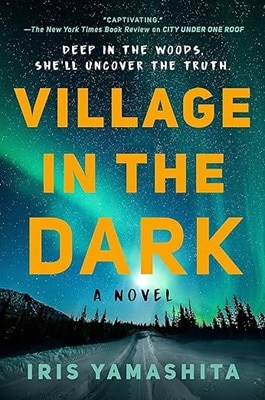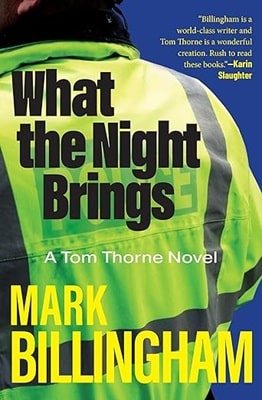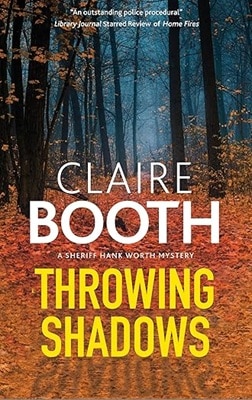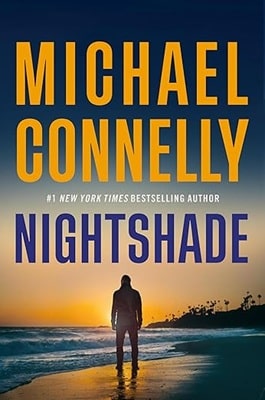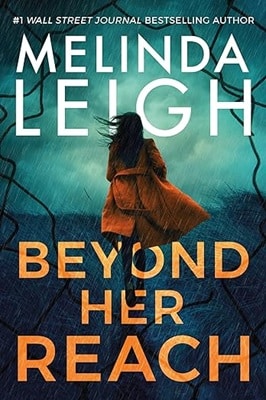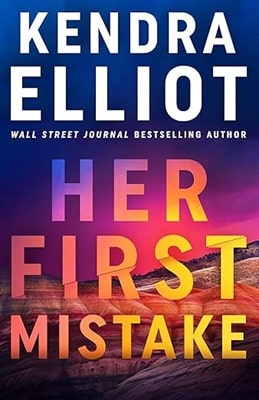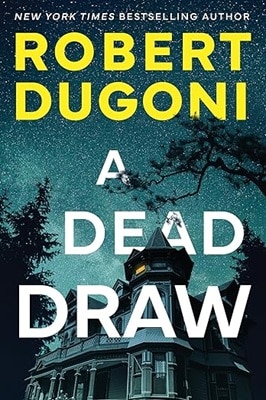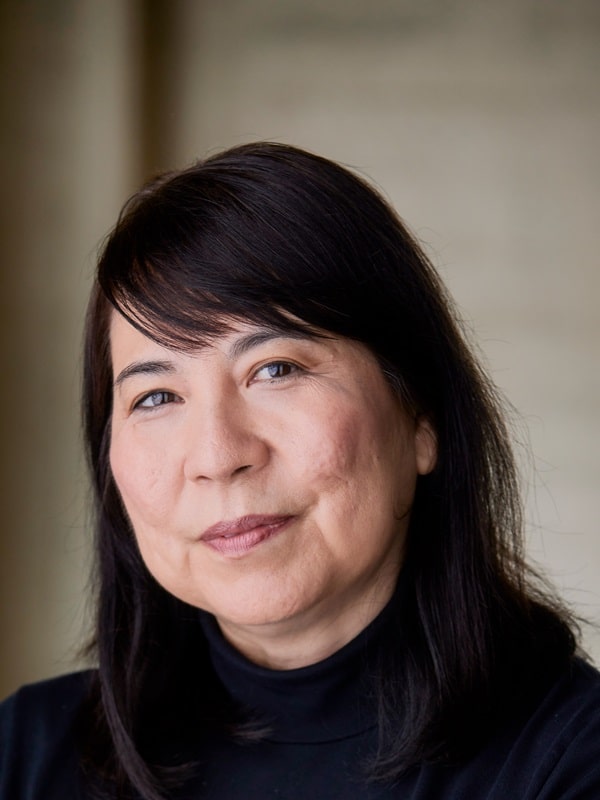
Q&A
Iris Yamashita
Born in Missouri, raised in Hawaii and having lived in Guam, California, and Japan, Iris Yamashita was able to experience a diversity of culture while growing up. She studied engineering at U.C. San Diego and U.C. Berkeley and also spent a year at the University of Tokyo studying virtual reality. Her first love, however, has always been fiction writing which she pursued as a hobby on the side.
Iris submitted her first screenplay to a competition where she was discovered by an agent at the Creative Artists Agency (CAA) who offered to represent her. Her big break came when she was recruited to write the script LETTERS FROM IWO JIMA for Clint Eastwood. LETTERS was named “Best Picture” by both the National Board of Review and the Los Angeles Film Critics Association. It received a Golden Globe award for “Best Foreign Language Film” of 2006 and was nominated for 4 Oscars including “Best Picture” and “Best Original Screenplay.”
Interview by Sandra Hoover
Q. For those who may not be familiar with your career as a screenwriter, please share a little about your background as a writer and who or what motivated you to venture into the literary world as a novelist. How did your experience as a screenwriter help (or hurt) you make the transition to novelist?
Iris: Yes, I come from a screenwriting background and was hired by Clint Eastwood to write the World War II film Letters from Iwo Jima, which was nominated for a few Academy Awards including Best Original Screenplay. It was definitely a highlight of my career. However, I found that I was being pegged as the Asian historical writer and this was a genre that is very difficult to get produced. I really wanted to break out of the box, so I have been switching media forms. I wrote a musical stage play that was a fantasy which had a run at Tokyo DisneySea and writing novels has allowed me to venture into writing contemporary mysteries.
I think learning the craft of writing screenplays has undoubtedly helped me become a better writer. Since screenwriters have a union, there are contract minimums regarding pay and benefits, such as healthcare, if you earn a certain amount in a year. It also doesn’t take as long to write a screenplay as it does a book. The cons are that you have less ownership of the work and less say in the product. It is also much harder to get a script produced because of the amount of money and people involved.
Books are, for me, more fulfilling because of the ability to write completely original material instead of working off of someone else’s intellectual property, vision or idea. It also doesn’t take multiple millions of dollars and a large crew to see a finished product. It’s always disheartening when you feel like you’ve written a good script, but because there isn’t enough financing, no one will ever see your work. The hard part about books, however, is trying to rise above the 2 million other books that come out a year.
Q. Village in the Dark is the sequel to your award-winning debut novel, City Under One Roof. Talk about the significance of the title to the novel. Did you plan from the onset to write a sequel, or did it happen as characters developed in book one?
Iris: Village in the Dark refers to an off-the-grid village town that one of the main characters was raised in and decides to leave. While the place is physically dark, metaphorically, it represents the character’s lack of knowledge of the outside “Man’s World.” She grows up here in a kind of innocent, idyllic life, but as an adult wants to venture out and “eat from the fruit of knowledge,” so to speak, which corrupts her in a way.
I had planned to write a sequel from the outset as I had a two-book deal. However, I didn’t know whose voices I was going to use other than Cara’s. I realized Ellie had more story to explore while writing the first book and Mia didn’t really materialize until later.
Q. The harsh, deadly Alaskan setting plays a key role in both books with a brutal yet beautiful landscape, including a two-and-a-half-mile claustrophobic tunnel as the only way in or out of the city. Was your choice of a secluded, isolated setting motivated by any one place you’ve been in your lifetime? What research, if any, helped you get a feel for the place and people?
Iris: I don’t know if it directly influenced my choice, but maybe subconsciously the island of Guam where I lived for four years helped shape the idea of being stuck somewhere, especially from the teen’s perspective in the first book. I lived on the 210-square-mile island when I was a teen and there was no internet back then, so despite being a beautiful island to visit, it felt like a very isolated, boring place to live in at that age.
For research, I visited Whittier, Alaska and stayed in the high-rise that inspired the story. The view from the rooms in summer was gorgeous, but I don’t think I’d want to be there in the winter. I watched videos and read articles to give me a sense of the place, but my residents are completely fictional and not based on any real persons in Whittier.
Q. One of the most prominent themes in Village in the Dark is Domestic Violence against women with the importance of community coming in a close second. In this story, you differentiate between “man’s world” and Unity, a haven for women and children, with clearly defined boundaries that women are hesitant to cross. Discuss the importance of boundaries and community in Village in the Dark. Beyond isolation, how can community involvement help break the pattern of domestic violence?
Iris: In my research I discovered that Alaska is the state with the highest incidences of violence against women, particularly in the indigenous community and I wanted to bring this to light. I was also enamored with the idea of a self-sufficient, women-run community and what that might look like. This is a group of women who have been battered or oppressed by men, so their rules and boundaries are based on that. I was lucky to be able to consult with someone at the Alaska Native Women’s Resource Center. The AKNWRC (aknwrc.org) stresses the involvement of community to address domestic violence through education and empowering tribes to strengthen local responses. They also work to increase public awareness and make sure women have access to tribal protection orders. There is also a Native hotline developed by people who have a strong understanding of Native cultures and the issues of tribal law at strongheartshelpline.org.
Q. Village in the Dark has one of the most unique, outrageous (in the best possible way) casts I can ever recall meeting. One might say it’s a community of misfits, oddballs and eccentric recluses one can’t help but love. Share your favorite character, male or female, and tell readers why they should sit up and take notice of this one.
Iris: That’s a perfect descriptor of the cast. In the first book, I imagined that the single lane tunnel was akin to a physical rabbit hole that Alice falls through and leads to a crazy Wonderland full of odd characters, and I just kind of ran with that. It’s hard to pick one character as a favorite, but I enjoyed writing Ellie’s POV. She’s a tough old lady with a checkered past. In my Alice in Wonderland analogy, she’s the madcap Queen of Hearts who kind of rules over Point Mettier. In Village in the Dark, I’ve continued the tradition of Alice in Wonderland references, but this time a lot of them are taken from Alice Through the Looking Glass.
Q. One of my personal favorites in this story is support character Mariko Ishida, a flamboyant resident entertainer described as 50+ years old, an Asian Madonna wearing a red dress, feather boa and Barbarella styled wig. Beyond the physical description, who is Mariko and how did she convince you to cast her, in all her glory, in a crucial support role?
Iris: Mariko is an amalgamation of a few different people. She first appeared when I was randomly searching YouTube for a jazz tune and this singer who is an only slightly toned-down version of Mariko popped up that was so mesmerizing. I felt she was exactly the type of character for my Wonderland. For her backstory, I was thinking of a couple of Japanese pop idols who were unnecessarily “canceled” for various reasons and then moved to the U.S. but have since had successful comeback careers. Mariko fits in this theme of inwardly broken but outwardly strong people that make up the community of Point Mettier.
Q. As in book one, Village in the Dark is narrated by three diverse women. Det. Cara Kennedy is a given as she’s in the driver’s seat, but Ellie and Mia steal their share of page time also. Describe each woman, including their role within the overall story as well as with each other, and your motivation in allowing these specific three a voice in relaying this story.
Iris: Being able to have different narrative voices is part of what’s fun about writing novels. Cara Kennedy is the protagonist who is driven by finding out what happened to her family, whom she had originally believed died in a hiking accident, but at the beginning of the book, she has information pointing to foul play. She is kind of a tense, by-the-book kind of character. Ellie is the elderly innkeeper in Point Mettier with a checkered past. She is constantly on the lookout for her ex-husband whom she betrayed when they were a Bonnie and Clyde team. She is driven by finding out what happened to her estranged son and whose death might possibly be connected to what happened to Cara’s family. Though Cara and Ellie were antagonists in the first book, this mystery forces them to team together. Mia is a kind of dark horse character that appears later in the book. She is young and part Ainu (indigenous Japanese) and grew up in the previously described off-the-grid village.
I enjoyed writing three female voices in the first book, so decided to continue this format in the second book. One of the things I learned in screenwriting is to try to make characters distinct enough so that when you pull a line of dialogue from the script, you know which character is speaking. This is part of my thought process in developing characters. If you’re listening to an audio book, are the characters’ voices distinguishable? But of course, all three needed to be active characters and vested in the outcome of the story, so it was a bit of a juggling act to make it all work.
Q. Why was it important for you to tell this story? Is there anything else you’d like to share with readers about this book? What do you hope readers remember long after reading Village in the Dark?
Iris: Part of it is bringing attention to the violence against women, particularly among the indigenous population. Another is the exploration of women-led communities and what that might look like.
I think we writers are supposed to raise questions and not necessarily have the answers. I don’t want to give too much away, but one of the questions I wanted to raise is whether we are living in an “everything-for-sale” society, whether it’s religion, politics, love, hate and even our blood? And how do we move away from that? Again, I don’t have the answers, just the questions.
Q. With a highly anticipated second book under your belt and fans clamoring for more, there’s little doubt you’ve established yourself as a positive force in the literary world. What’s on the horizon for Author Iris Yamashita? Do you have other passions to explore? What are you working on that you can share with readers?
Iris: I am so honored to be regarded in this way. At the moment, I am in the midst of writing a 6-episode dramatic audio series for BBC World which will hopefully be ready to air in the fall this year. It hasn’t left much time for writing a new novel, but I do have an idea for another mystery in an all new, but hopefully still fascinating location.
Iris Yamashita's Latest
Village in the Dark
On a frigid February day, Anchorage Detective Cara Kennedy stands by the graves of her husband and son, watching as their caskets are raised from the earth. It feels sacrilegious, but she has no choice. Aaron and Dylan disappeared on a hike a year ago, their bones eventually found and buried. But shocking clues have emerged that foul play was involved, potentially connecting them to a string of other deaths and disappearances.
Somehow tied to the mystery is Mia Upash, who grew up in an isolated village called Unity, a community of women and children in hiding from abusive men. Mia never imagined the trouble she would find herself in when she left home to live in Man’s World. Although she remains haunted by the tragedy of what happened to the man and the boy in the woods, she has her own reasons for keeping quiet.
Aided by police officer Joe Barkowski and other residents of Point Mettier, Cara’s investigation will lead them on a dangerous path that puts their lives and the lives of everyone around them in mortal jeopardy.

